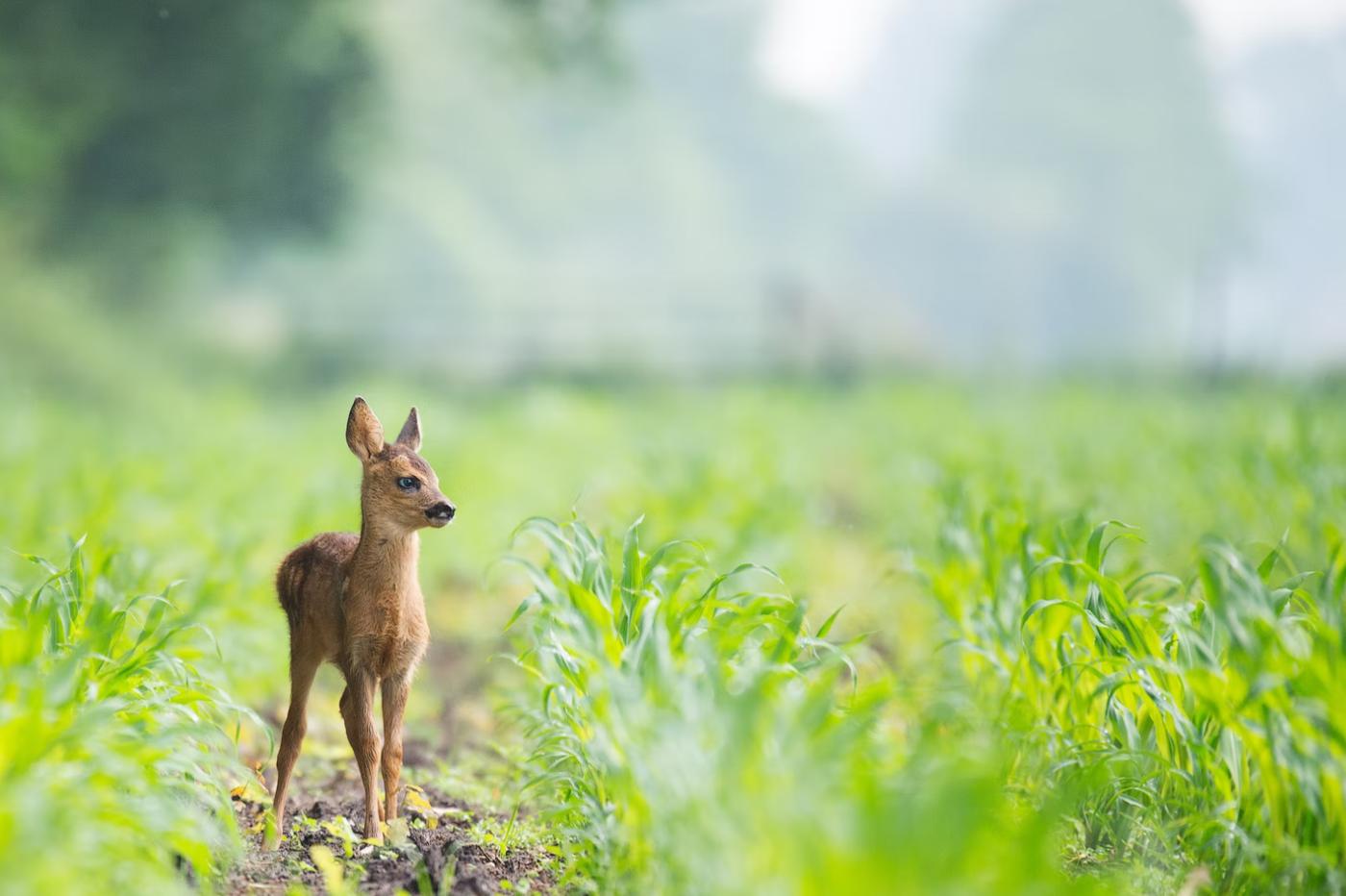
Researchers from the Earth Biogenome Project seek to sequence the genome of all complex living things ever identified on Earth; this pharaonic project with potentially immense implications will now get down to business.
Science is often a tedious way of the cross, which progresses thanks to the accumulation of small, discreet advances. But it is also propelled by major projects and resounding successes which today constitute the foundations of our scientific heritage. Examples include the Human Genome Project, which resulted in the complete sequencing of the human genome; a team of researchers now wants to step up a gear with the Earth Biogenome Project (EBP), which aims to sequence the genome of… all complex species on Earth.
This project, which brings together 44 institutions from 22 countries, officially started in 2018, but has since remained in a state of semi-hibernation; it will now ramp up in order to get to the heart of the matter with the start of the first phase. And the program is particularly busy. They’ll start by trying to sequence one representative from each taxonomic family, or about 9400 genomes according to Jenny Graves, professor of evolutionary genetics affiliated with the project.
This first step will already require a titanic work from the researchers; they’re hopeful they’ll be able to sequence about a third of it by the end of the year. And this is still only a taste of the painstaking work that awaits them. When phase 2, which will begin on an undetermined date, they will have to sequence one representative of each taxonomic genus, which this time represents 180,000 individuals. But the real test will be the third stage, which will consist of sequence all of the “complex” organisms described in the scientific literature, i.e. approximately 1.8 million genomes of plants, animals, fungi, etc.
The Biochemist’s Bible
Difficult to realize the extent of this pharaonic task, and one can even wonder why these researchers inflict such an obstacle course on themselves. The answer is simple: if it were possible to compare the genome of all complex living beings, researchers would have a veritable catalog overflowing with potential discoveries. Indeed, it is often in the very subtle differences between different species what are they hiding most interesting items.

“The ability to compare the genomes of closely or distantly related species is a great tool for discovering what genes do and how they are regulated.”, enthuses Jenny Graves.
What motivates the project researchers is also a tenacious desire to leave nothing to chance. “If we only sequence 69,999 of the 70,000 species of nematodes, we might miss the one that could teach us how they cause disease in animals and plants.”, cites Jenny Graves as an example. For this reason, the EBP project will also be a great opportunity to study particularly obscure species, because they are not really “fashionable” in the scientific community.
Studying the “dark matter” of the genome
This is particularly important, because the vast majority of current science works with the same restricted selection of model organisms such as the mouse, the zebrafish or the inevitable Drosophila. A systematic approach that has allowed us to make considerable progress, but which also has its limits; by generalizing in this way, we are potentially depriving ourselves of other equally interesting discoveries.
This is where one of the other concrete benefits of this project lies. It will throw a spotlight on a large number of species with poorly identified potential. This will then allow us to discover new potential models and strengthen our knowledge of those we are already using, so that we can move away from them with more confidence.

And at the end of the day, it’s not just a planet-wide archival job. Researchers want to explore what Graves refers to as the “dark matter of the genome” to dissect the precise role of each piece of this immense puzzle. With the aim of creating new foundations for the biology of tomorrow, and in a future as utopian as it is distant, of “protect biodiversity and sustain human societies.”
The project will take years, even decades, to complete, but the rewards are worth the effort; Once completed, the Earth Biogenome Project could well find a place in the pantheon of scientific contributions alongside the Human Genome Project and AlphaFold’s human proteome.



